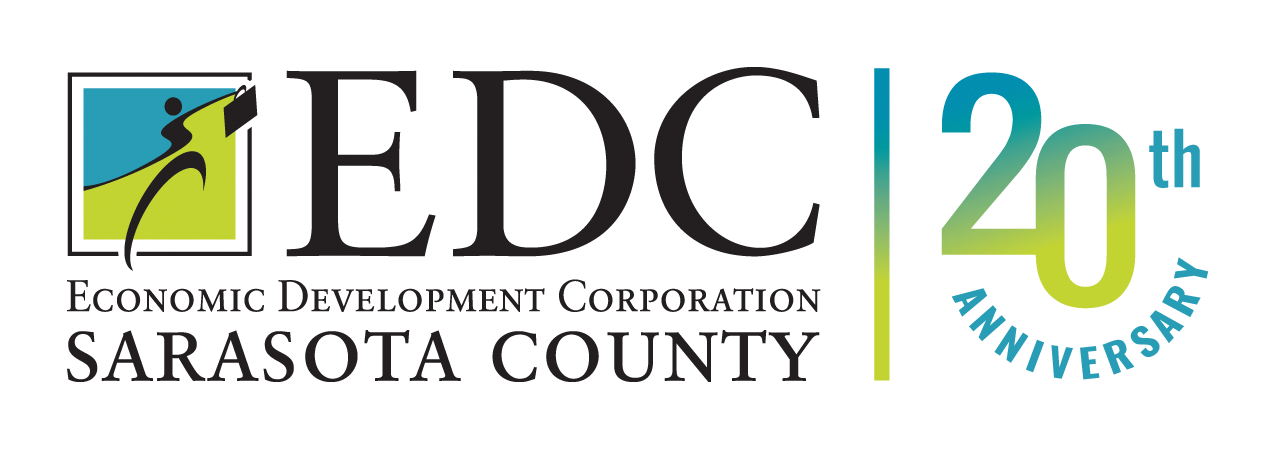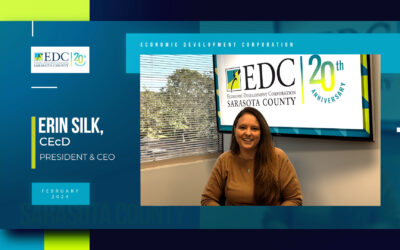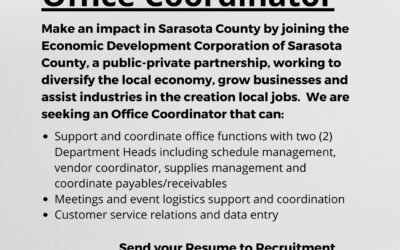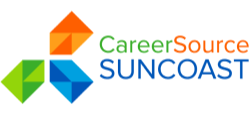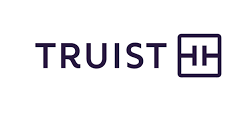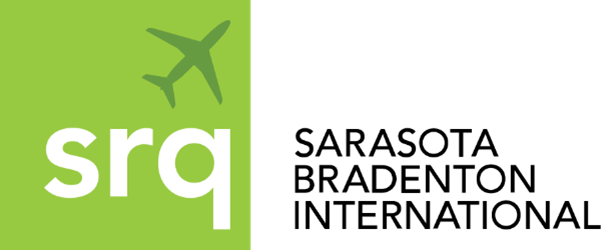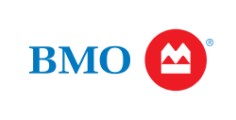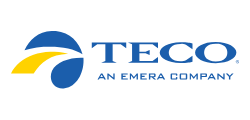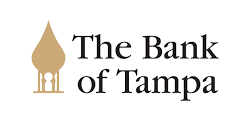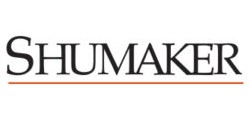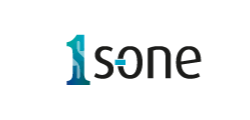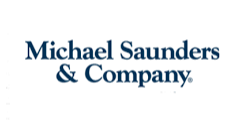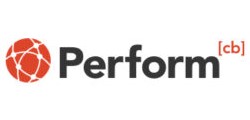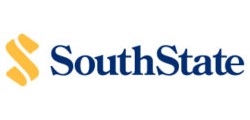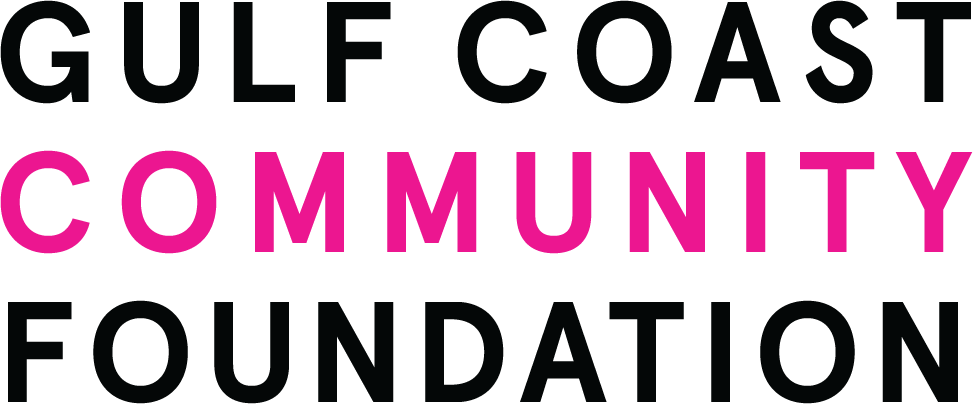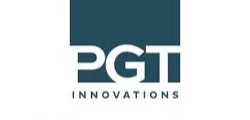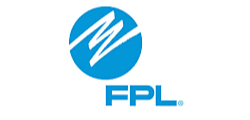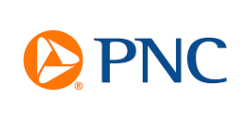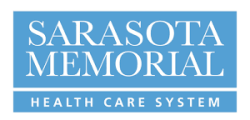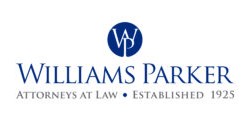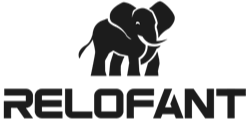CARES Act
The largest stimulus bill in history, the CARES Act. These programs are intended to help individuals and business owners as they navigate these unprecedented times.
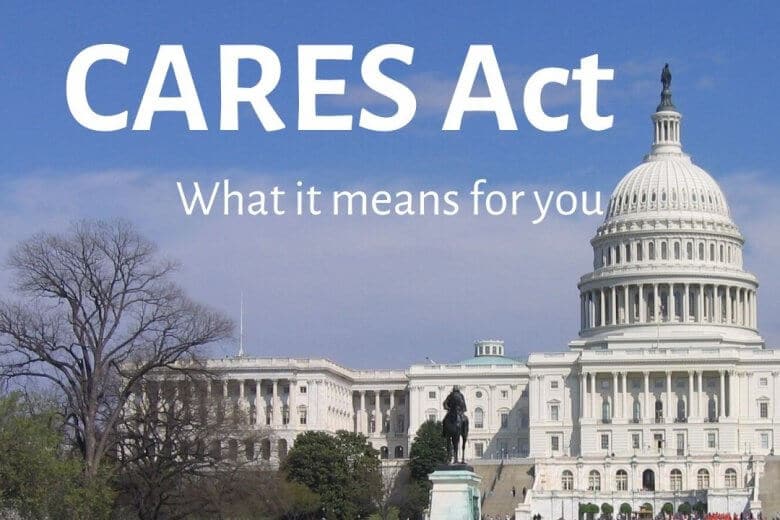
Download the Small Business Association’s Guide to the CARES Act. Some of this information has changed since the guide was published.
Paycheck Protection Program
The Paycheck Protection Program provides cash-flow assistance through 100% federally guaranteed loans to employers who maintain their payroll during this emergency. If employers maintain their payroll, the loans would be forgiven, which would help workers remain employed, as well as help affected small businesses and our economy snap-back quicker after the crisis.
The Paycheck Protection Program Flexibility Act expanded the number of weeks that the money can be spent for loan forgiveness from eight weeks to 24 weeks, and requires 60 percent of the funding to be used toward payroll to receive loan forgiveness and the other 40 percent be used on other allowable expenses (rent, mortgage interest and utilities). Previously, recipients of the Paycheck Protection Program had to spend 75 percent of the loan on payroll for loan forgiveness. The bill also extends the deadline to rehire workers to December 31, 2020.
- Are self-employed and have no employees; OR
- Did not reduce the salaries or wages of their employees by more than 25%, and did not reduce the number or hours of their employees; OR
- Experienced reductions in business activity as a result of health directives related to COVID-19, and did not reduce the salaries or wages of their employees by more than 25%.
The EZ application requires fewer calculations and less documentation for eligible borrowers. Details regarding the applicability of these provisions are available in the instructions to the new EZ application form.
Both applications give borrowers the option of using the original 8-week covered period (if their loan was made before June 5, 2020) or an extended 24-week covered period. These changes will result in a more efficient process and make it easier for businesses to realize full forgiveness of their PPP loan.
- Information sheet for borrowers (3/31/20)
- PPP frequently asked questions (12/9/20)
Who can apply? All businesses and, in general, 501(c)(3) and 501(c)(19) non-profits with 500 employees or fewer qualify. Individuals who operate a sole proprietorship or as an independent contractor and eligible self-employed individuals. Any business concern that employs not more than 500 employees per physical location of the business concern and that is assigned a NAICS code beginning with 72, for which the affiliation rules are waived. Affiliation rules are also waived for any business concern operating as a franchise that is assigned a franchise identifier code by the Administration, and company that receives funding through a Small Business Investment Company
Where do you apply? First, contact the bank you usually do business with and ask if they are participating. If not, you can apply through any existing SBA lender or through any federally insured depository institution, federally insured credit union, and Farm Credit System institution that is participating. Find an approved lender on the SBA website.
What documents will you need?
1. 2019 Payroll – including the last 12 months of payroll
2. 2019 Employees – 1099’s for 2019 employees and independent contractors that would otherwise be an employee of your business. (Note: Do NOT include 1099’s for services)
3. Healthcare costs – all health insurance premiums paid by the business owner under a group health plan.
4. Retirement – your company retirement plan funding paid for by the company.
What happens after approval? The borrowers will verify through documentation to lenders their payments during the period. Lenders that receive the required documentation will not be subject to an enforcement action or penalties by the Administrator relating to loan forgiveness for eligible uses. Upon a lender’s report of an expected loan forgiveness amount for a loan or pool of loans, the SBA will purchase such amount of the loan from the lender. Canceled indebtedness resulting from this section will not be included in the borrower’s taxable income. Any loan amounts not forgiven is carried forward as an ongoing loan. The 100% loan guarantee remains intact.
Can you receive a bridge loan through my state and apply for the Paycheck Protection Program? Yes, you can take out a state bridge loan and are still be eligible for the PPP loan.
Can you refinance an Economic Injury Disaster Loan (EIDL) related to COVID19 into a PPP loan? Yes. If you received an EIDL loan related to COVID-19 between January 31, 2020 and the date at which the PPP becomes available, you would be able to refinance the EIDL into the PPP for loan forgiveness purposes. However, you may not take out an EIDL and a PPP for the same purposes. Remaining portions of the EIDL, for purposes other than those laid out in loan forgiveness terms for a PPP loan, would remain a loan. If you took advantage of an emergency EIDL grant award, that amount would be subtracted from the amount forgiven under PPP.
Economic Injury Disaster Loan
Applicants who have already submitted their applications will continue to be processed on a first-come, first-served basis. Find your local SBA District Office
Economic Injury Disaster Loan Advance Information
The SBA’s Economic Injury Disaster Loan program provides small businesses with working capital loans of up to $2 million that can provide vital economic support to small businesses to help overcome the temporary loss of revenue they are experiencing. Loans may be used to pay fixed debts, payroll, accounts payable and other bills that can’t be paid because of the disaster’s impact. The interest rate is 3.75% for small businesses without credit available elsewhere; businesses with credit available elsewhere are not eligible. The interest rate for non-profits is 2.75%. Loans have long-term repayments in order to keep payments affordable, up to a maximum of 30 years. Terms are determined on a case-by-case basis, based upon each borrower’s ability to repay. For additional information, please contact the SBA Disaster Assistance Customer Service Center: 1-800-659-2955 (TTY: 1-800-877-8339) or disastercustomerservice@sba.gov.
Ways to Connect with SBA South Florida:
Website: www.sba.gov/southflorida
Email: SouthFlorida_DO@sba.gov
Small Business Debt Relief Program
This program will provide immediate relief to small businesses with non-disaster SBA loans, in particular 7(a), 504, and microloans. Under it, the SBA will pay the principal and interest of new 7(a) loans issued prior to September 27, 2020. Also, the SBA will pay the principal and interest of current 7(a) loans for a period of six months.
7(a) loans are an affordable loan product of up to $5 million for borrowers who lack credit elsewhere and need access to versatile financing, providing short-term or long-term working capital and to purchase an existing business, refinance current business debt, or purchase furniture, fixtures and supplies. In the program, banks share a portion of the risk of the loan with SBA. There are many different types of 7(a) loans, you can visit this site to find the one that’s best for you. You apply for a 7(a) loan with a bank or a mission-based lender.
SBA Express Bridge Loans
Express Bridge Loan Pilot Program allows small businesses who currently have a business relationship with an SBA Express Lender to access up to $25,000 with less paperwork. These loans can provide vital economic support to small businesses to help overcome the temporary loss of revenue they are experiencing and can be a term loans or used to bridge the gap while applying for a direct SBA Economic Injury Disaster loan. If a small business has an urgent need for cash while waiting for decision and disbursement on Economic Injury Disaster Loan, they may qualify for an SBA Express Disaster Bridge Loan. Terms: Up to $25,000, Fast turnaround, Will be repaid in full or in part by proceeds from the EIDL loan.
Employee Retention Tax Credit
This new employee retention tax credit is a 50% tax credit for the first $10,000 of compensation, including the employer portion of health benefits, for each eligible employee. Compensation does not include paid sick or family leave for which the employer is reimbursed under the Families First Coronavirus Response Act. The credit only applies to wages paid after March 12, 2020 and before January 1, 2021. For employers with more than 100 employees: Full-time employees who are (i) being paid but (ii) not providing service due to either a full or partial shutdown or a reduction in gross receipts count toward eligibility. For employers with 100 or fewer full-time employees: All employees, regardless of whether those employees are providing service, count toward eligibility. Employers may not claim the same employee for this credit and the Work Opportunity Tax Credit for the same period. In addition, employers may not claim the same wages for an employee under this credit and also under the employer credit in section 45S for FMLA. The refundable credit is applied against the employer portion of payroll taxes. The Treasury Department will develop a process for employers to receive an advance payment of the tax credit. Read more from the U.S. Chamber of Commerce.
Provisions for Individuals
- Allows individuals to delay the payment of their 2020 payroll taxes until 2021 and 2022.
- Waived 10% early withdrawal penalty for retirement distributions up to $100,000 retroactive to Jan 1st.
- Expands eligibility of unemployment benefits and offers workers an additional $600 per week for four months, in addition to the state program. This applies to the self-employed, independent contractors and gig economy workers.
Additional Provisions
- Over $140 billion in appropriations to support the US health care system and provided needed supplies, $100 billion will be given directly to hospitals.
- Makes COVID-19 tests free for all
- $500 billion will provide loans, loan guarantees, and other investments to large corporations. These will not exceed 5 years and cannot be forgiven. Airlines will receive $50 billion and $8 billion for cargo carriers.
- States and local governments will get $150 billion.
- Increase the amount the Agriculture Department can spend on its bailout program from $30 billion to $50 billion.
Paycheck Protection Program
The U.S. Chamber of Commerce has produced a helpful Small Business Guide and Checklist to help you understand the Paycheck Protection Program (PPP) created by the CARES Act,
How Can We Help?
Contact Destin Wells, VP of Business Development, to see how we can help you thrive in Sarasota County.
Invest in Sarasota County
The EDC of Sarasota County diversifies our local economy and helps create jobs for Floridians. Investing in the EDC empowers us to grow our economy and attract more business to our region.
Latest News
EDC Edge | February 2024
To view EDC Edge | February 2024 via Constant Contact, click here. An Update From the...
Around the Chair Advisors Roundtable
Last week, several Investors joined the EDC of Sarasota County’s team for an exclusive Chair...
We’re Hiring!
Organization Overview The mission of the Economic Development Corporation of Sarasota County is to...
